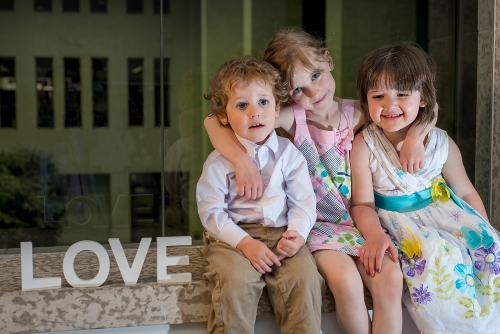The great debate over fixed focal length lenses and superzooms has raged for years. I remember when I first started reading up on photography (in a real life book with pages you actually turn, back in the days when cameras had film in them except for a handful of low resolution starters, like the mavica) I found a suggestion that a good photographer only needed one lens. A tele if you shot wildlife and a nifty fifty for just about anything else. Only if it was absolutely necessary should you even consider a wide angle. I have read this suggestion repeated more or less in the continuing argument on superzooms. The basic argument your focal length only matters in terms of your proximity. Composition can be fixed with something as simple as “zooming with the feet” simply put, get closer! It isn’t terrible advice, but ignores an important factor of the creative process that requires us to think more clearly about how we want objects in a frame to relate to one another. In short I would suggest using the correct lens is a decision that can only be made when considering a specific frame.
I have shot almost exclusively with a 50mm (nifty fifty) since back in the days of film but my 18-55mm that came with my d60 almost 6 years ago had become such a staple for me that I forgot how much I made use of the range in focal length until I acquired my d800e this year (50mm f1.8 lens is the only full frame lense I have).
I shot an entire wedding with a 50mm lense (I’d recommend a bit of a longer lense if possible) but as I shot I became more and more aware of the limitations of my lenses “zoom”. In the end I had confirmed for myself what I had believed all along. Don’t zoon with anything…first figure out what needs to change in your frame in order to capture what you are trying to convey. Let that dictate your method of zooming. Let that be the guide in lense selection. Change to a 24mm (if primes are your thing) or zoom to 105mm if you have the option, but only if that is what your shot needs.
Let me give you an example…
I have had a storyboard in my bag for over a year now. It is one of only 2 portraits that I have any ambition of taking.
Unlike most portraits it requires a very wide angle lense around 24mm. As I want to include the floor and the ceiling of a bandstand in the same shot. I also want to include a strong leading line im the form of a piece of fabric to direct the eye into the frame to the subject. It needsnto go from taking a lot of realestate in the frame to being very thin and diminished when it reaches the subject in a very short distance. This can only be accomplished with a wider lense to make the short diatance appear greater.
In other words my ideal zoom is a combination of vantage point and fov to create a final product where the elements relate to each other as intended.
Someday soon I hope I can show you what this looks like.
Landscape photographers run into this all the time. If I want to increase the fov(field of view, if you made it this far without asking google what the heck I meant) ie. the size of the horizon, and decrease the relative size of the sun in the frame I have to use a wider lense. Conversely if I want to focus in on an element and diminish the distance between an animal and the surrounding hills or mountains I need a much heavier zoom lense. Regardless of the other mechanical elements of a good photograph the angle of the lens affects the scene and creates enough depth to make or break a good shot. Dont zoom with your feet. Dont zoom with your lens. Create your photograph and use the fov required.
Like in this little tidbit here:
Tutorial: How to Pick the Best Focal Length When Capturing Landscapes

